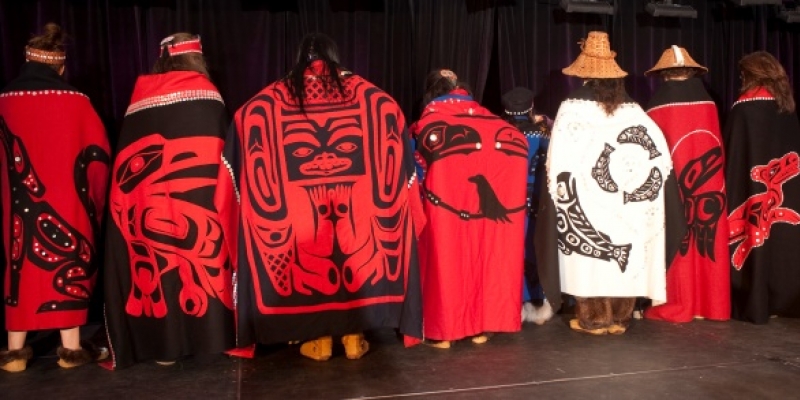A Real Game Changer: An Analysis of the Supreme Court of Canada Tsilhqot’in Nation v. British Columbia Decision

The Supreme Court of Canada’s judgment Tsilhqot’in Nation v. British Columbia represents the first time Aboriginal title has been recognized (outside an Indian Reserve) to a First Nation in Canada. The unanimous judgment has recognized Aboriginal title to over 1,700 square kilometers of land in the interior of British Columbia. Despite having fee simple characteristics, Aboriginal title represents communal ownership, not individual property rights. This judgment provides a clear test for when Aboriginal title can be recognized on traditional territory. Where Aboriginal title has been recognized, economic development will require the consent of the First Nation that holds title. However, the Crown can push through development without the consent of the First Nation if it is able to demonstrate a compelling and substantial public purpose for the proposed activity. The judgment reaffirms that consultation processes and the justification of infringements of Aboriginal rights and title are the responsibility of the Crown and not project proponents. It will mean that if development is to occur on Aboriginal title land against the wishes of the First Nation, governments will have to be advocates for third party projects. Where there is no consent, and the potential infringement cannot be justified, proposed projects may be set aside by the court. This is also true for existing development projects. This puts current and potential development at risk and results in increased uncertainty for economic development in British Columbia.

